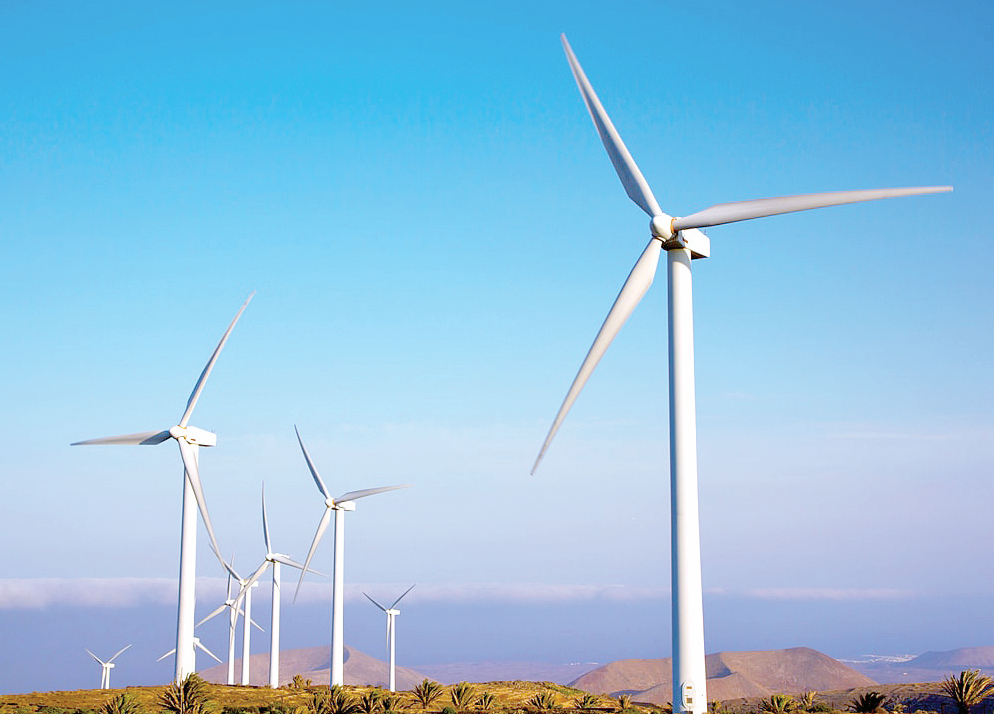Climate scientists project 2024 will be hottest year on record

The year 2024 will be the warmest year on record as the global temperatures rose 1.51 degrees centigrade above pre-industrial levels, according to a new report.
The report stated that this level of warming is higher compared to 2023 when it averaged 1.45 degrees centigrade and it is caused by human-induced climate change.
Future Earth, a global network of scientists, researchers and innovators, which prepared the report, cited the first comprehensive assessment of progress on the Paris Agreement that was finalised last year at the 28th Conference of Parties (COP28) in Dubai.
The experts said the assessment christened Global Stocktake (GST) showed that the world is significantly off-track in meeting the Paris Agreement’s goal of limiting long-term warming to 1.5 degrees centigrade. GST is a comprehensive assessment of the world’s progress on climate action. According to Future Earth, the GST called for a transition away from fossil fuels in energy systems, as well as setting important agreed-upon global goals to triple renewable energy capacity and double the rate of energy efficiency improvements by 2030.
The group noted that GST included provisions that left room for continued use of some fossil fuels, and it lacked a timeline for phasing out fossil fuels across all sectors.
“To limit long-term warming to below two degrees centigrade, global emissions by 2030 must be 28 per cent lower than the levels projected under current policies. Limiting warming to 1.5 degrees centigrade requires a much more ambitious reduction of 42 per cent,” Future Earth says in the report dubbed 10 New Insights in Climate Science 2024/2025. At the just concluded COP29 in Baku, Azerbaijan, the network of experts had anticipated climate financing would get a major boost if member states had prioritised the adoption of the New Collective Quantified Goal.
“A successful COP29 will be one that makes significant progress towards unlocking climate finance at scale. This would enable greater ambition on mitigation and adaptation targets in the new Nationally Determined Contributions due in February 2025,” the group stated before the Baku meeting. Among the insights that Future Earth has highlighted in the report include a surge in methane gas in the atmosphere.
Methane is the second most abundant anthropogenic GHG after carbon dioxide, accounting for about 16 per cent of global emissions. Methane emissions are driven primarily by human activities and while reductions in the fossil fuel and waste sectors are the most feasible mitigation measures, addressing agricultural emissions is also critical.









